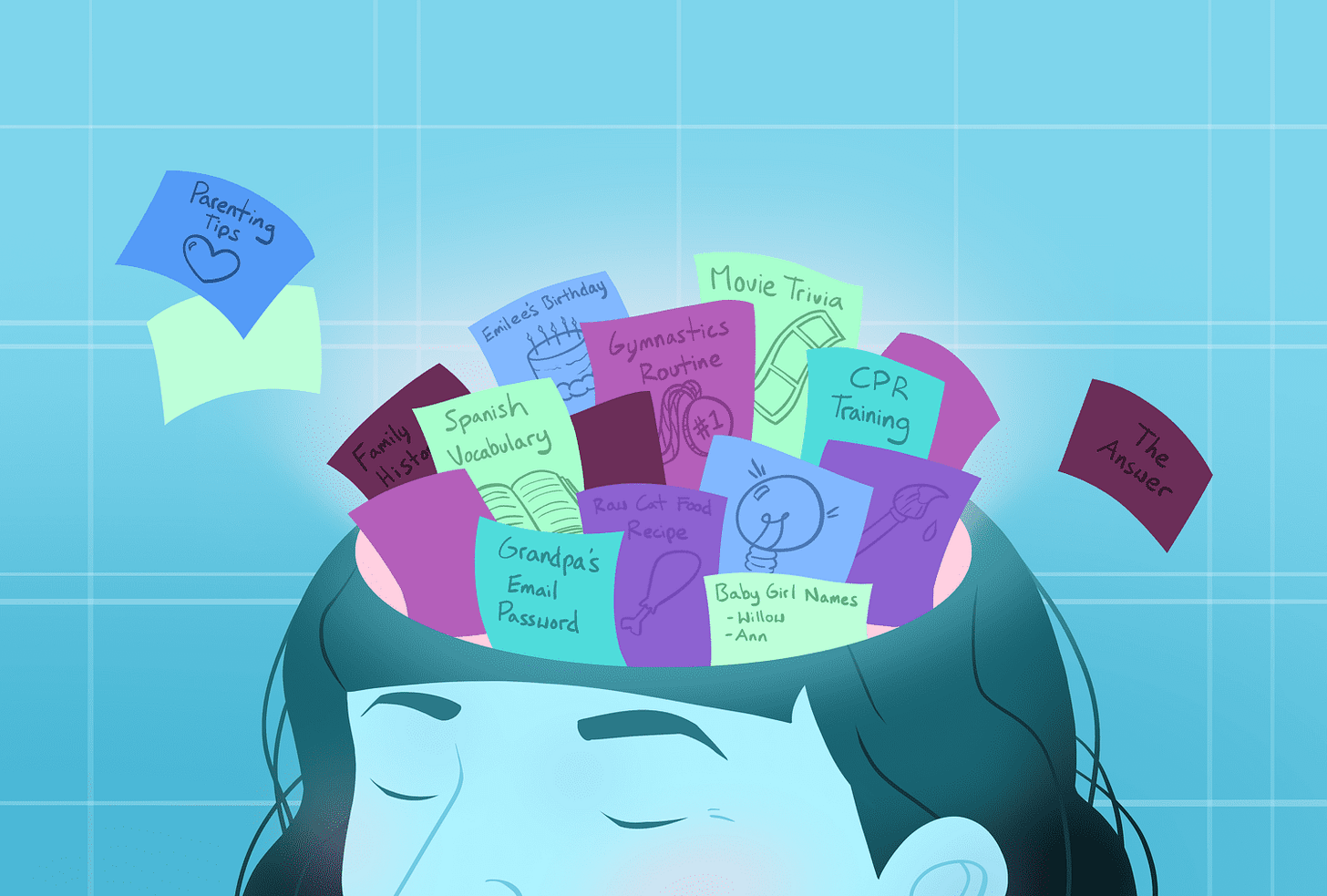Memory: How Does it Work?
Written by Ivory Chen
At the basis, memory is defined as a process in which the mind interprets, stores, and later retrieves information. This information can be anything from knowledge, experiences, common sense, relationships, etc.
Memories are divided into three separate categories: short-term memory, long-term memory, and sensory register. The brain gathers information through visual and auditory cues during the sensory register, known as “iconic” and “echoic” memory. An example of the sensory register is when you look at a computer screen and look away momentarily. Yet, the image of the computer screen is still visible inside your mind.
In comparison, short-term memory is when the brain stores information temporarily for later use (i.e. a phone number). Another subcategory under short-term memory is “working memory”. An example of working memory would be memorizing a set of numbers to solve a math problem. When psychologists talk about improving your memory, they are mostly referring to the “working memory” because this is the memory we have the most control over and can train to improve.
Finally, long-term memory, contrary to popular belief, does NOT store memories indefinitely. Information in long-term memory could be stored for as short as a day to as long as a lifetime. When long-term memories are formed, the hippocampus takes information from the working memory and forms new connections and neurons between the two. These connections stay intact for as long as they are in use – which keeps the memory “alive”.
References
“How Memories Are Made: Stages of Memory Formation.” How Memories Are Made: Stages of Memory Formation | Lesley University, lesley.edu/article/stages-of-memory#:~:text=When%20long%2Dterm%20memories%20form,len gth%20types%3A%20recent%20and%20remote. Accessed 8 Aug. 2024.


